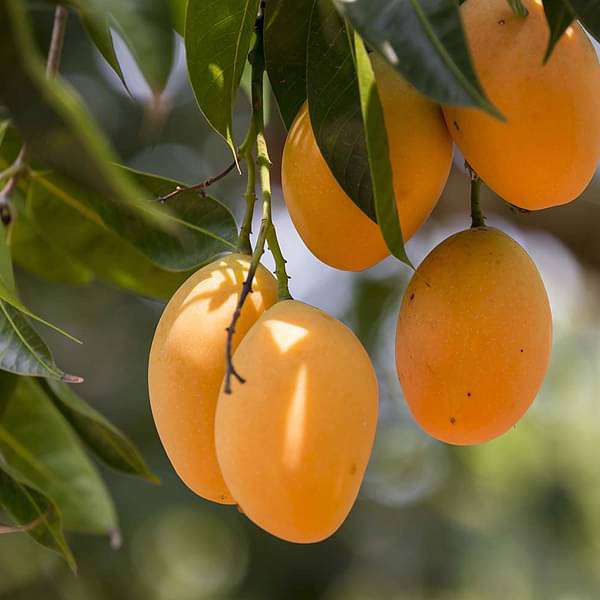What should I do to stop my mango tree from dropping its fruits prematurely?
Comprehensive Guide to Preventing Premature Fruit Drop in Mango Trees
Introduction
Mango trees are prized for their delicious fruits, but nothing is more frustrating than seeing those fruits drop prematurely. Premature fruit drop can occur due to various factors, including environmental stress, inadequate care, pests, and diseases. However, with proper attention and care, you can significantly reduce this issue and ensure a bountiful harvest. In this comprehensive guide, we will explore the steps you can take to stop your mango tree from dropping its fruits prematurely.
1. Ensure Proper Irrigation
Proper irrigation is crucial for mango trees to prevent premature fruit drop. Mango trees require consistent moisture, especially during flowering and fruiting periods. Ensure the tree receives sufficient water, but avoid waterlogging, which can lead to root rot and subsequent fruit drop. Deep, regular watering is essential for healthy fruit development.
2. Fertilize Appropriately
Fertilization plays a significant role in the growth and development of mango trees. Use a balanced fertilizer with a higher potassium content, as potassium promotes fruit retention. Apply fertilizer during the growing season according to the needs of your tree and the recommendations of a horticulturist or agricultural expert.
3. Prune Regularly
Regular pruning is essential for maintaining the health and productivity of mango trees. Prune the tree to remove dead, diseased, or overcrowded branches. Overcrowded branches can inhibit sunlight penetration and air circulation, which may lead to fruit drop. Pruning also helps shape the tree and promotes new growth.
4. Control Pests and Diseases
Pests and diseases can stress the mango tree, causing it to drop its fruits prematurely. Implement an integrated pest management (IPM) strategy to keep pests and diseases at bay. Monitor the tree regularly for signs of infestation or infection, and take appropriate measures such as using insecticides or fungicides as needed.
5. Protect from Weather Elements
Protect the mango tree from harsh weather conditions such as strong winds, storms, and extreme temperatures. Wind can knock off flowers and young fruits, leading to premature fruit drop. Provide support if necessary and consider using windbreaks to shield the tree. Additionally, protect the tree from sunburn by providing shade during hot weather.
6. Ensure Proper Pollination
Proper pollination is crucial for fruit development in mango trees. Encourage pollinators such as bees to visit your garden by planting flowers and avoiding the use of pesticides harmful to beneficial insects. If needed, you can also hand-pollinate the flowers using a soft brush.
7. Thinning Fruits and Managing Load
Thinning excess fruits while they are still small can help reduce the load on the tree and prevent premature fruit drop. Aim to space the remaining fruits evenly along the branches to promote even growth and development. Thinning also allows the tree to allocate more resources to the remaining fruits.
8. Mulch and Maintain Soil Health
Apply organic mulch around the base of the tree to conserve moisture, regulate soil temperature, and suppress weeds. Mulch also improves soil structure and fertility, which promotes healthy root growth and nutrient uptake. Additionally, ensure the soil pH is suitable for mango trees and amend it if necessary.
9. Monitor and Adjust Care Routine
Regularly monitor the mango tree for any signs of stress, disease, or pests. Adjust your care routine accordingly based on the specific needs of your tree and the prevailing environmental conditions. Keep a close eye on the tree during critical stages such as flowering and fruiting.
10. Exercise Patience
Lastly, understand that some fruit drop is natural as the tree self-regulates its fruit load. Not all flowers will turn into fruits, and some fruits may drop naturally to ensure the health of the tree and the remaining fruits. Exercise patience and trust in the tree's natural processes.
Conclusion
By following these comprehensive steps, you can effectively prevent premature fruit drop in your mango tree and ensure a successful harvest. Remember to provide consistent care, monitor the tree regularly, and address any issues promptly to promote healthy fruit development. With proper attention and maintenance, your mango tree will thrive and reward you with delicious, ripe fruits.







.jpg)

Comments
Post a Comment